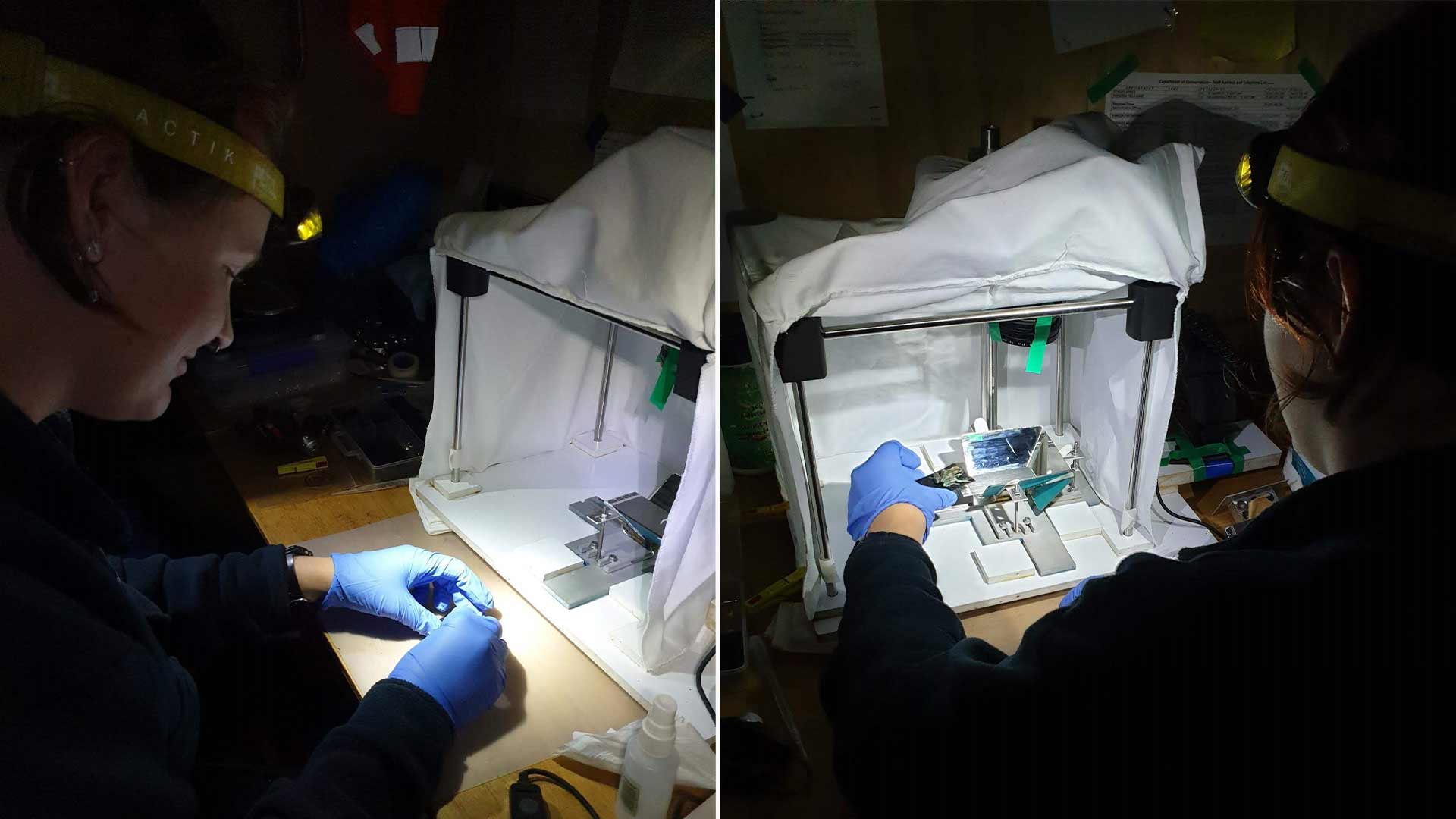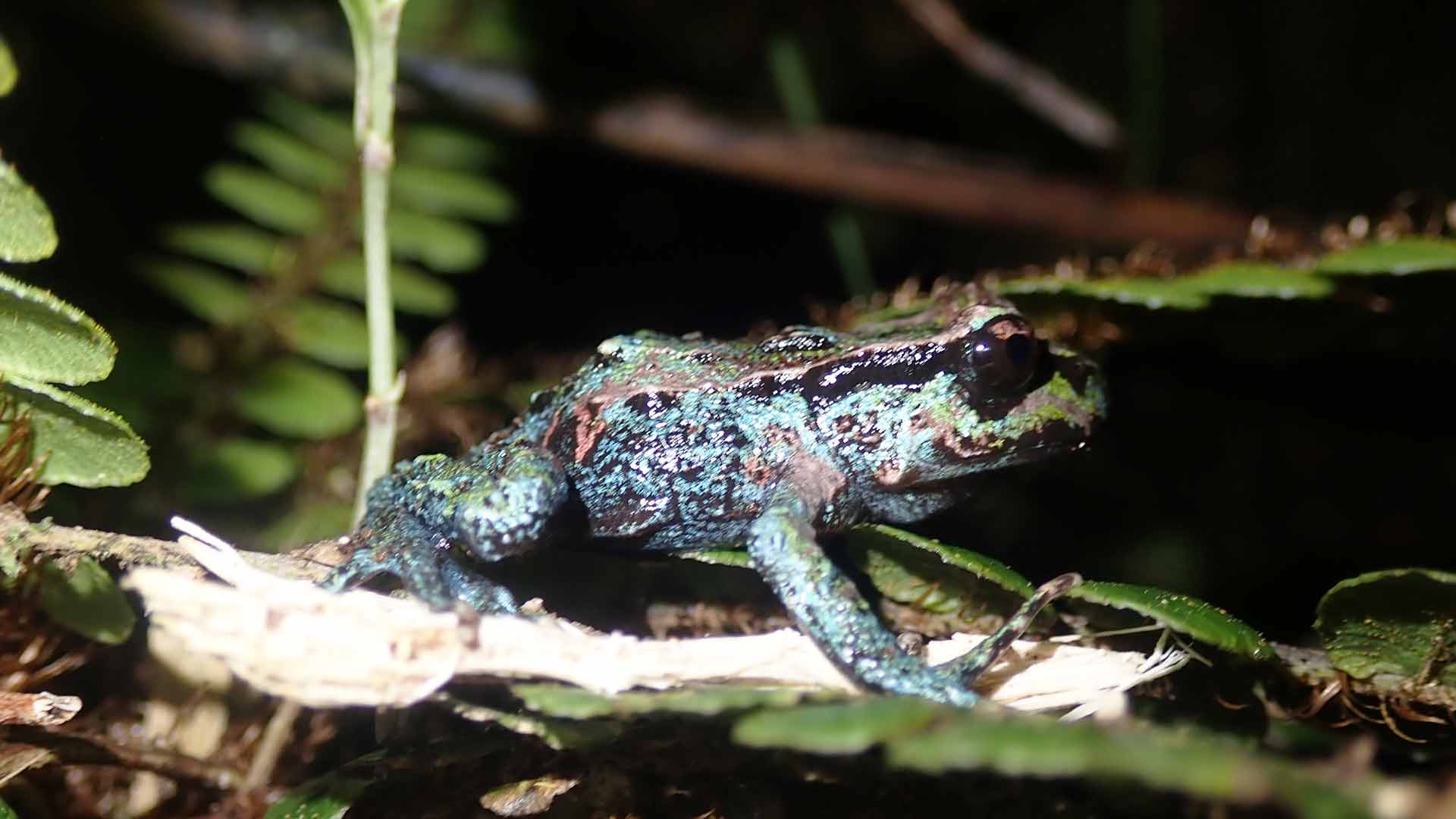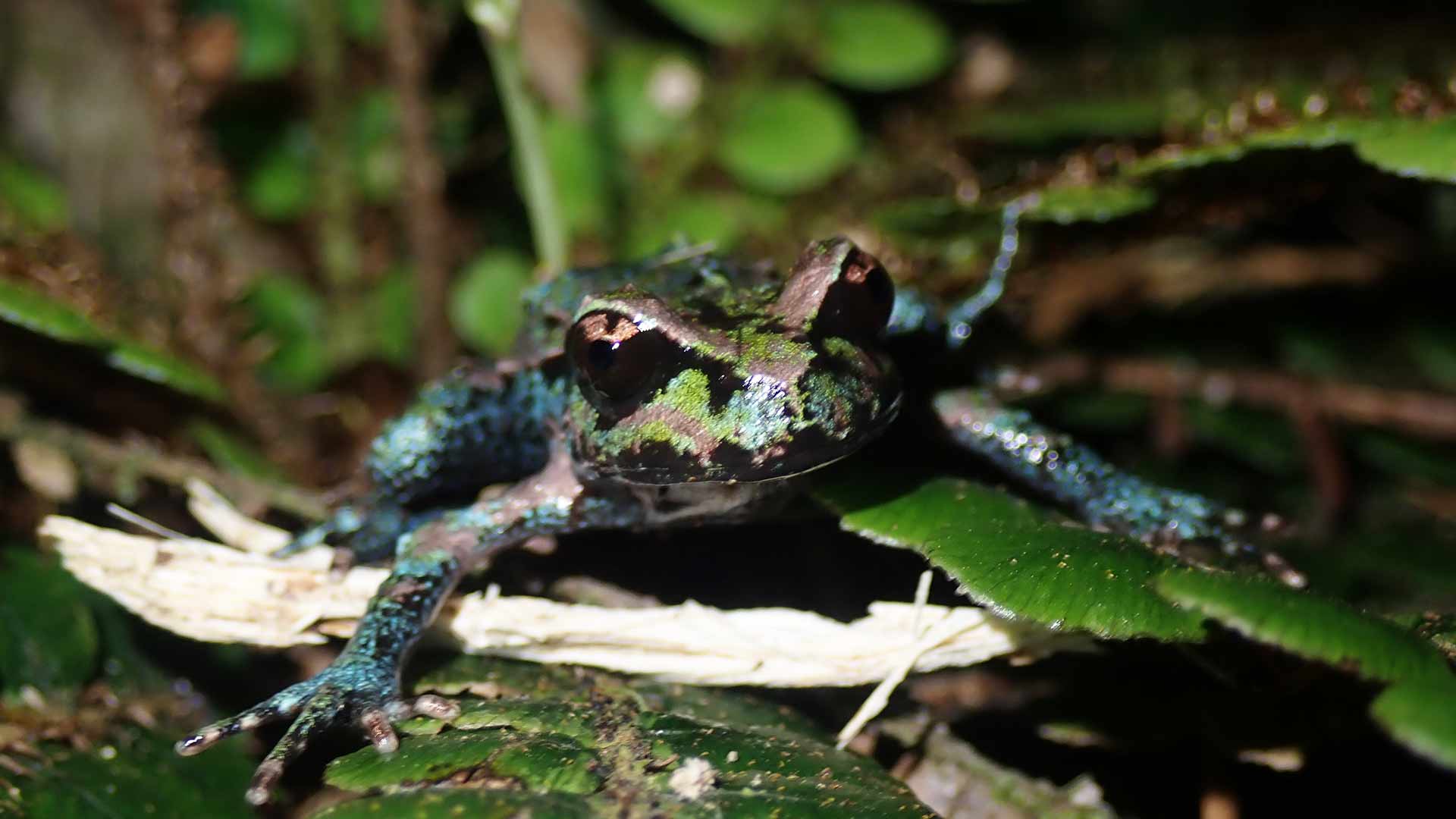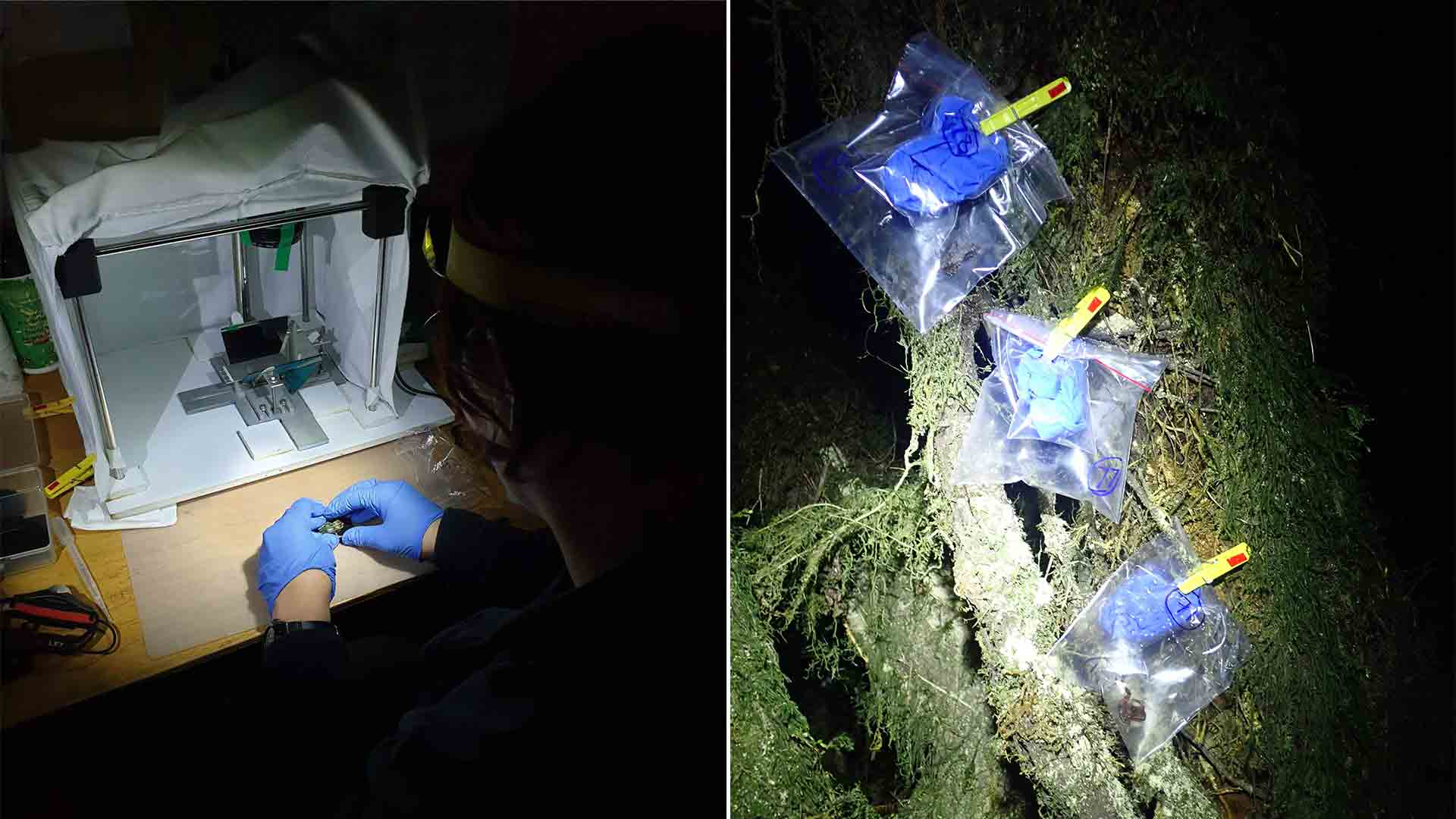Conservation is at the very heart of Auckland Zoo, it’s why we get up in the morning, it’s what we’re about and it takes many forms; from veterinary work to breed-for-release programmes and a global network of partnerships that conserve wildlife and wild places – we call this our Wild Work. In this story we’re shining a light on just one of several conservation fieldwork projects that we lend our skills to in Aotearoa.
Every year when spring comes around our ectotherm keepers prepare their field kits for what will be, all told, more than a month of hard slog in the field; strapping on their boots and wet-weather gear, shouldering their rucksacks and going bush for 4-5 weeks to gather data on the tiny and elusive Leiopelma archeyi, Archey’s frog.
Aotearoa’s tiniest frog, Leiopelma archeyi is just a few centimetres long, a master of camouflage with brown and green markings that blend so well into the forest floor, and nocturnal to boot. This means our conservationists require plenty of patience and skill to seek them out.
Getting boots-dirty-deep in conservation is what our staff love to do and over the past eight years we’ve been lending our skills to the Archey’s frog recovery programme. Working alongside our partners at the Frog Recovery Group and Department of Conservation (DOC) we undertake annual surveys for this rare endemic amphibian. Number #1 on the list of Evolutionarily Distinct and Globally Endangered (EDGE) species compiled by the Zoological Society of London, and with a threat status in New Zealand of ‘At Risk – Declining’, raising awareness for this species and the work of the Zoo and our partners, is so important.






